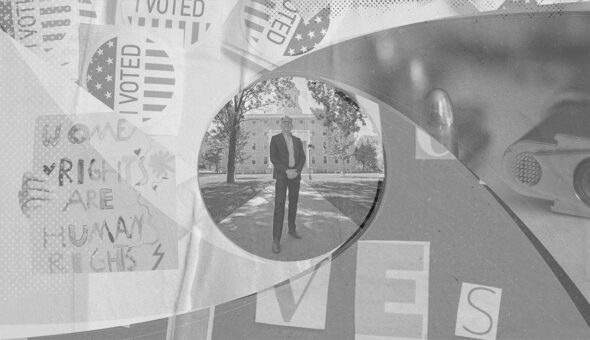The last two-and-a-half years have been, objectively, awful. Between a global pandemic (that doesn’t appear to be ending anytime soon), a racial reckoning, mass shootings, rapid inflation, a war in Ukraine, and controversial Supreme Court rulings, there is no shortage of crises to which our university leadership could respond. So how does an organization decide which events warrant a public statement and which do not? A guiding document can serve as a great resource to aid in these decisions.
Read: Alumni engagement in a politically divisive climate
Before creating that document, it is critically important to establish the guiding principles that will shape your approach. For example, it can be important to articulate the need to be prompt, compassionate, honest and informative, and to balance the need to convey facts quickly with the requirement to provide the most accurate information possible. It is also important to ensure there is an understanding of how applicable laws and policies will inform a response and to maintain sensitivity around personal privacy and the need to avoid violating HIPAA and FERPA.
It’s also worth noting that, whenever possible, the first groups that we should communicate with are internal audiences directly affected, such as students, employees, faculty, and trustees. The next groups typically would include parents, alumni, community leaders and other audiences, as well as the media.
Listen: The nearly impossible job of college president
As you consider what types of local, national or world events require a statement, below are some questions you can ask to help determine the appropriate approach.
In a 2021 post on Inside Higher Ed‘s Call to Action blog on the same topic, Pete Mackey offered these questions, which I will paraphrase and build on here, and which I would advise that at least four of the below conditions be met:
- Does the issue directly impact your campus community?
- If not directly, does the sheer enormity of the the event impact your campus community, or at least certain people or groups within your campus community?
- Does the situation challenge — or affirm — the core values of your institution?
- Do you have a clear and firm position on this matter that adds value to the conversation or at least clarifies your institutional position on this and other related matters?
- Are there concrete, local, campus- and community-centric actions that we can take in response to this issue?
In your guiding document, it can also be helpful to define the structure of a statement or message. I use the helpful acronym RAFTS to help me remember each of these components:
- Restate the facts of the event/issue as we know them;
- Affirm your university’s values;
- Acknowledge the Feelings of the members of the campus community who have been affected;
- Tell the community how you are responding;
- and Share resources available.
Once you have created your guiding document, it becomes much easier to decide whether you should move forward with a statement or message. Challenging world events rarely happen on a predictable schedule. Arming yourself with the right tools to make the decision process easier gives your future self the confidence that you’re making the right choice.








